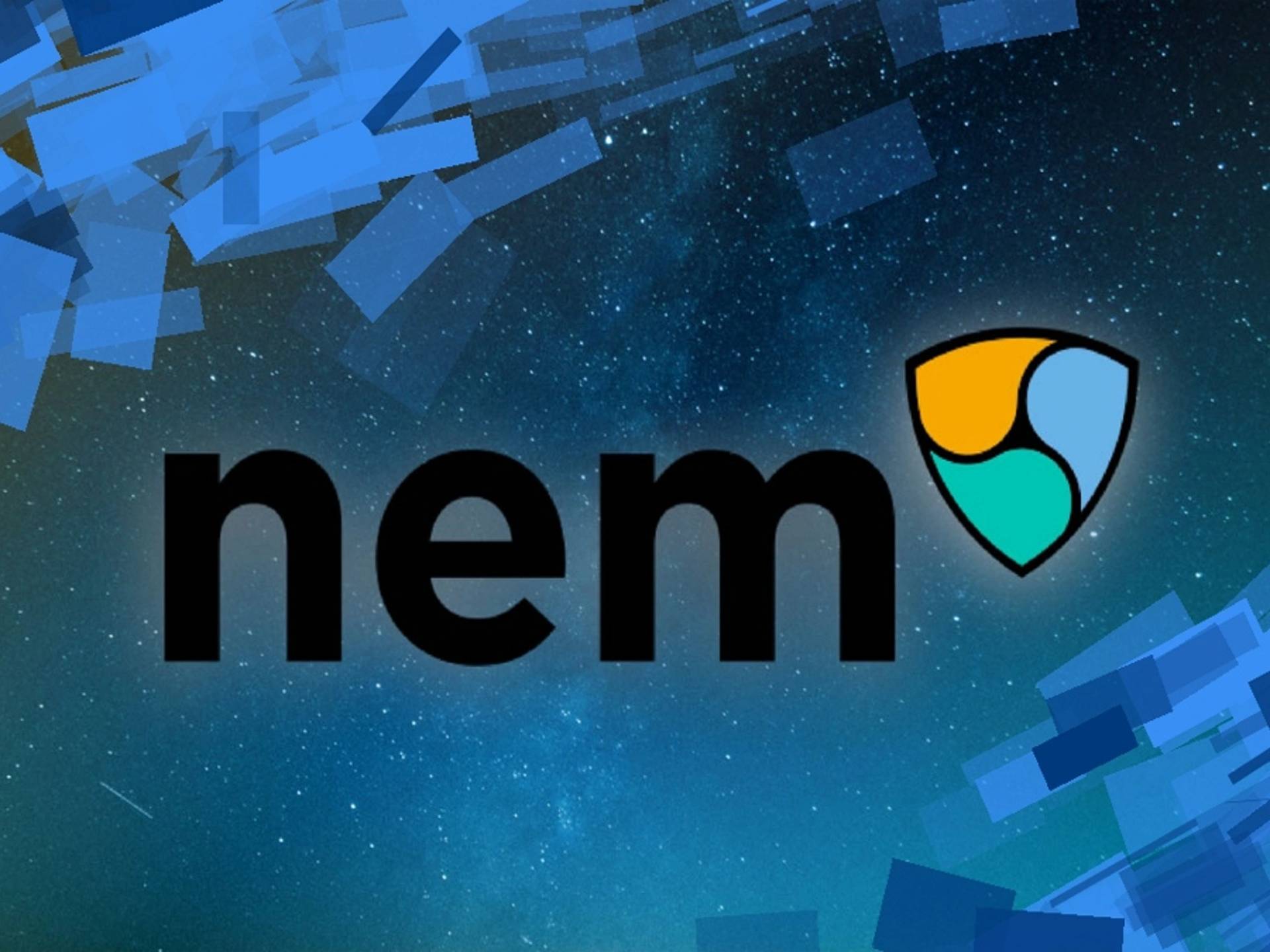Subscribe to wiki
Share wiki
Bookmark
NEM
The Agent Tokenization Platform (ATP):Build autonomous agents with the Agent Development Kit (ADK)
NEM
NEM is a peer-to-peer cryptocurrency and blockchain platform launched on March 31, 2015. Written in Java, with a C++ version in the works, NEM has a stated goal of a wide distribution model and has introduced new features to blockchain technology such as its proof-of-importance (POI) algorithm, multisignature accounts, encrypted messaging, and an Eigentrust++ reputation system .
NEM technology allows multiple ledgers to coexist on one blockchain. NEM Smart Assets allows users to create mosaics which can represent any asset (e.g. currency). All transactions in NEM have transaction fee associated with them and denomination used to pay for transactions is mosaic named 'XEM' .
In July 2018 the NEM Foundation opened a Blockchain center in Kuala Lumpur, Malaysia, to serve as an incubator, accelerator, co-working space as well as Southeast Asian regional headquarters for NEM in the region. It is considered the largest blockchain centre in the Southeast Asian Region at 11,000 square feet.[1][2]
History
NEM was started by a Bitcoin Talk forum user called UtopianFuture who was inspired by Nxt. The initial plan for NEM was to create a fork of NXT, but this was eventually dismissed in favor of a completely new codebase. Starting on January 19, 2014, an open call for participation began on the Bitcointalk forum. The goal of the call was to create a community-oriented cryptocurrency from the ground up.
NEM Foundation; created in 2016, ~2 years after the Public Chain launch. It was funded from one of the reserved pools. It is a Company Limited by Guarantee in Singapore. Its early focus was on brand awareness, marketing, training and partnerships. In late 2018 the first council’s term came to an end and a new council was elected by members. [3][4]
Hacking attack
On 26 January 2018, Japanese cryptocurrency exchange Coincheck was the victim of a massive hack resulting in a loss of 523 million XEM coins, the native token of NEM, worth approximately $400 million. The NEM team created an automated tagging system. This automated system followed the money and tagged any account that received tainted money.
The result of these actions was that NEM stopped tracking the stolen coins approximately mid-March 2018, after concluding that enough data was provided to the law enforcement authorities.
Real-world Application
In July 2018, the Ukraine Central Election Commission began investigating the use of blockchain technology in elections using the NEM platform. The tests were performed in a test environment with 28 nodes, using test coins provided by the NEM Foundation. The commission estimated that a cost of a node would be approximately $1,227, which was described as a “small” price to pay for the technology. The test proved NEM’s potential utility in voting.
In November 2018, Malaysia’s Ministry of Education formed a consortium of universities to use NEM’s blockchain technology to authenticate academic certificates. The consortium was created to combat the rise of fraudulent fake degree certificates and to optimize certificate authentication. The ministry stated that NEM was chosen because of its “unique features in managing traceability and authentication requirements”.[5]
Architecture
NEM's design architecture consists of two components. One is the node or NEM Infrastructure Server (NIS). The second is the client used for interacting with the nodes.
Its cryptocurrency wallet is the NanoWallet built with HTML and Javascript.
Another client was the NEM Community Client (NCC). The NIS is connected to the P2P network and acts as a gateway for the NCC. The NCC is client software that includes a wallet. The NCC has since been deprecated in favor of the NanoWallet. Both NCC and the NanoWallet can be run isolated from the internet, providing security through an airgap.
Features
Namespaces
Namespaces allows users to own domain names on the NEM blockchain just like a person or an organization owns an Internet domain name. Just like on the internet, a domain can have a sub-domain, namespaces can have sub-namespaces. And it is possible to create multiple sub-namespaces with the same name (example: “foo.bar” and “foo2.bar”, “bar” is the sub-namespace/sub-domain). A namespace and a domain name is the same in this document and shall be used interchangeably. Namespaces can have up to 3 levels, a namespace and its two levels of sub-namespace domains.
Reputation and harvesting
NEM network implements a modified version of Eigentrust++ to identify and minimize the impact of malicious nodes. Eigentrust++ is a security clustering algorithm which monitors past behavior of nodes in the network and enables nodes to give reputation to their neighbors in clusters. In proof-of-work, the amount of work a node does is used as a measure for its ability to protect the network. But, with Eigentrust++, it is the quality of work that is important. This adds to the NEM network's ability to be run and maintained efficiently.
NEM uses a "proof of importance" (POI) to score how people can harvest XEM; a person has to have 10,000 XEM in their balance to be scored, and the number of transactions they have with others, to time stamp transactions. This was designed to encourage users of NEM to not simply hold XEM but instead actively carry out transactions.
Multisignature transactions
NEM's multi-signature contracts are universal, meaning they are built into the blockchain, not on top of the blockchain as in third-party reliant software. This unlocks various advantages and interesting possibilities for the user. The contract enables several people to administrate the activity of an account, control assets such as XEM from one account, other mosaics, or create additional contracts such as creating a new token.[6]
See something wrong?
The Agent Tokenization Platform (ATP):Build autonomous agents with the Agent Development Kit (ADK)
